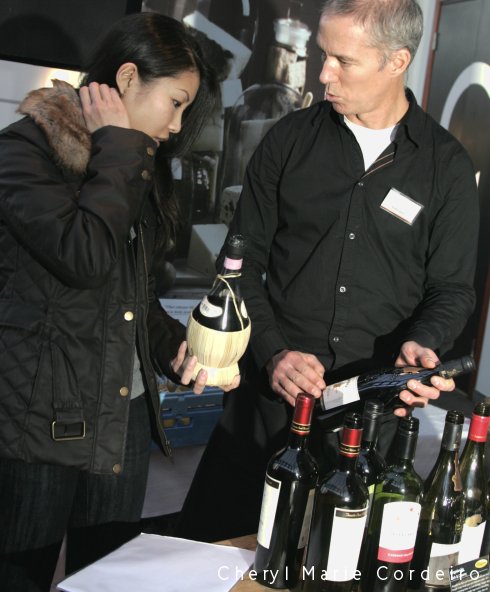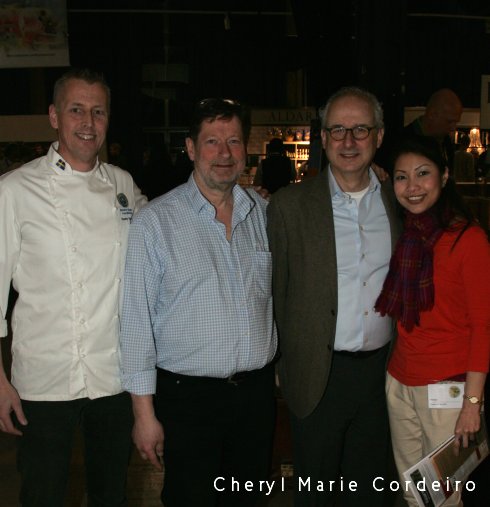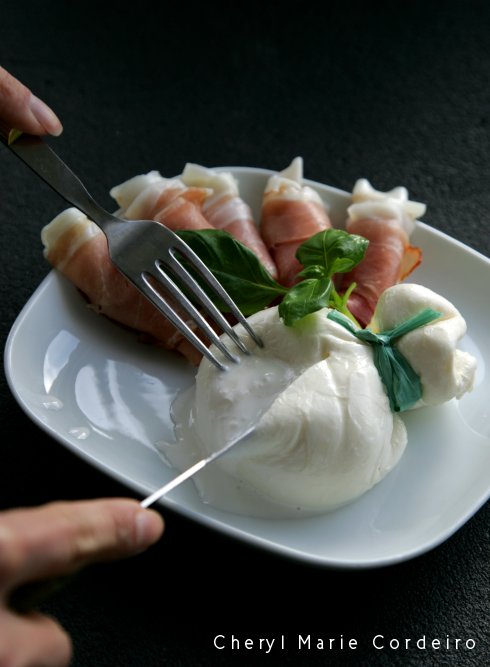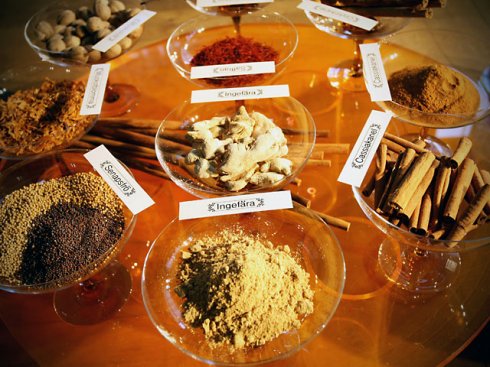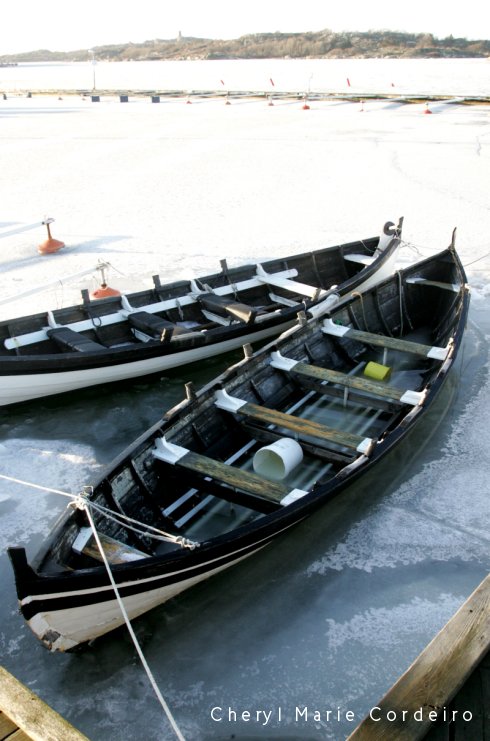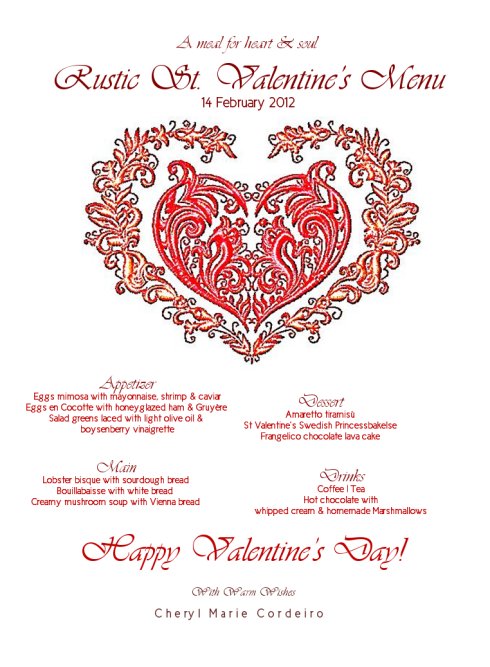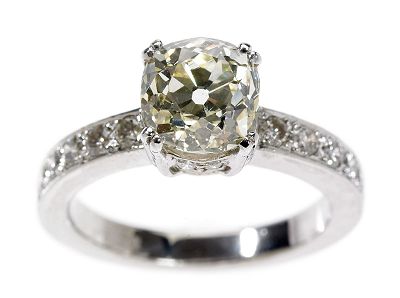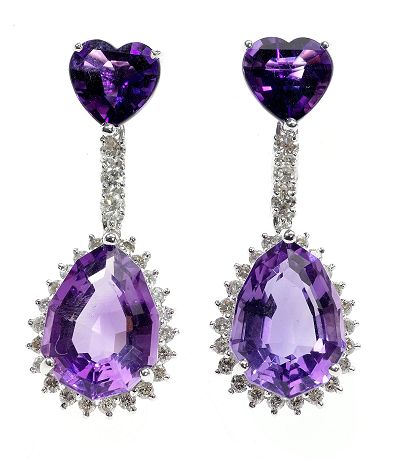Cheryl Marie Cordeiro with Anders Jacobsson of Mat.se and Kokaihop.se, the lounge at Passion för Mat 2012.
In as much fun and excitement any trade fair entails, there comes a time in the hours spent when you’d rather find yourself away from the masses, gathered to your own, if even for just a moment.
This year at Passion för Mat 2012, that place would be the Kokaihop Lounge at Hotel 11 that is just across the street from Erikbergshallen where the main fair is ongoing.
Set in a different premise altogether, this private lounge area is a relief of quiet and serenity from the humid and crowded indoors of Erikbergshallen, especially at mid-day.
Continue reading “Kokaihop Lounge, Passion för Mat 2012”
